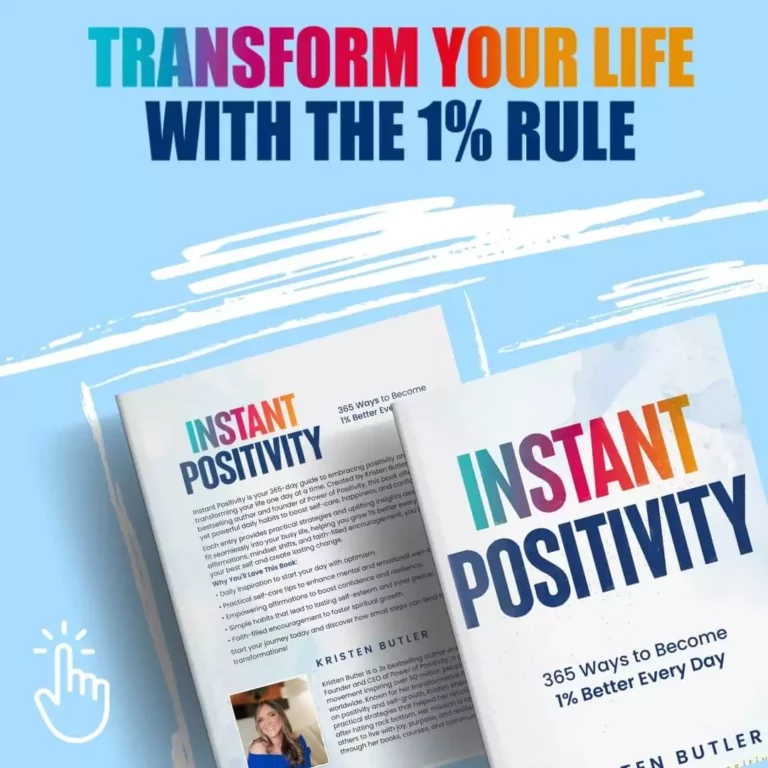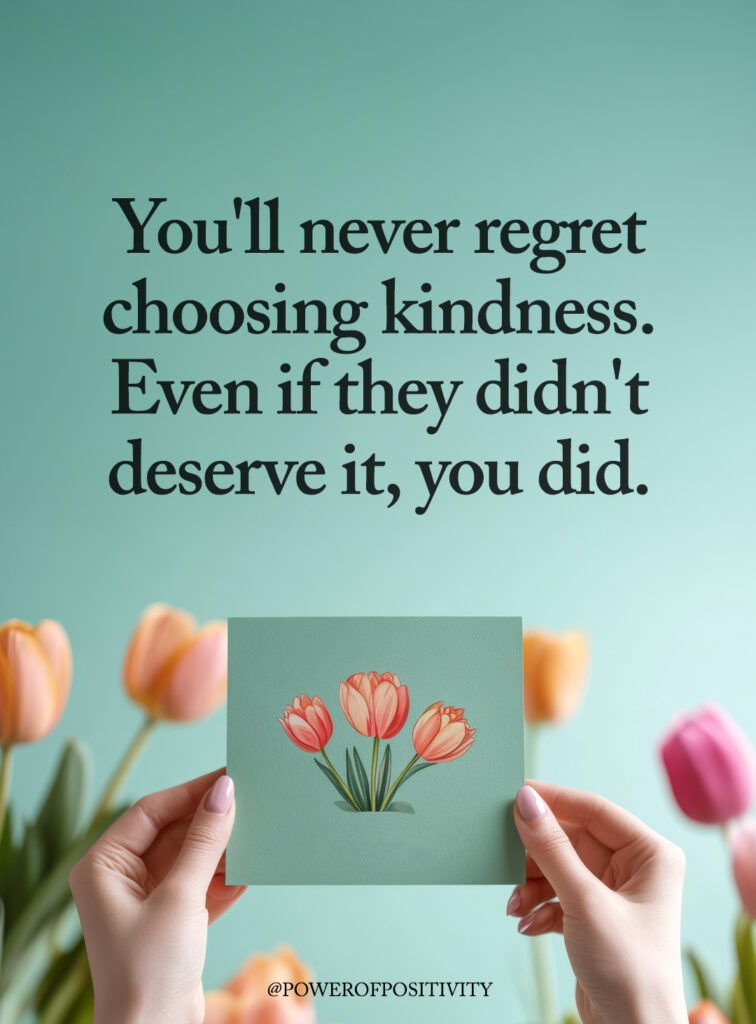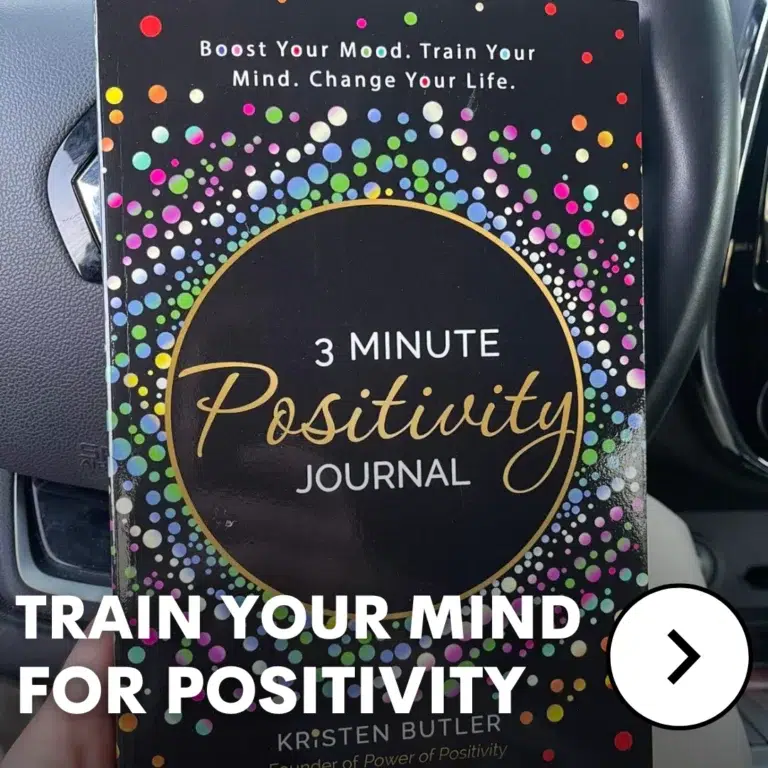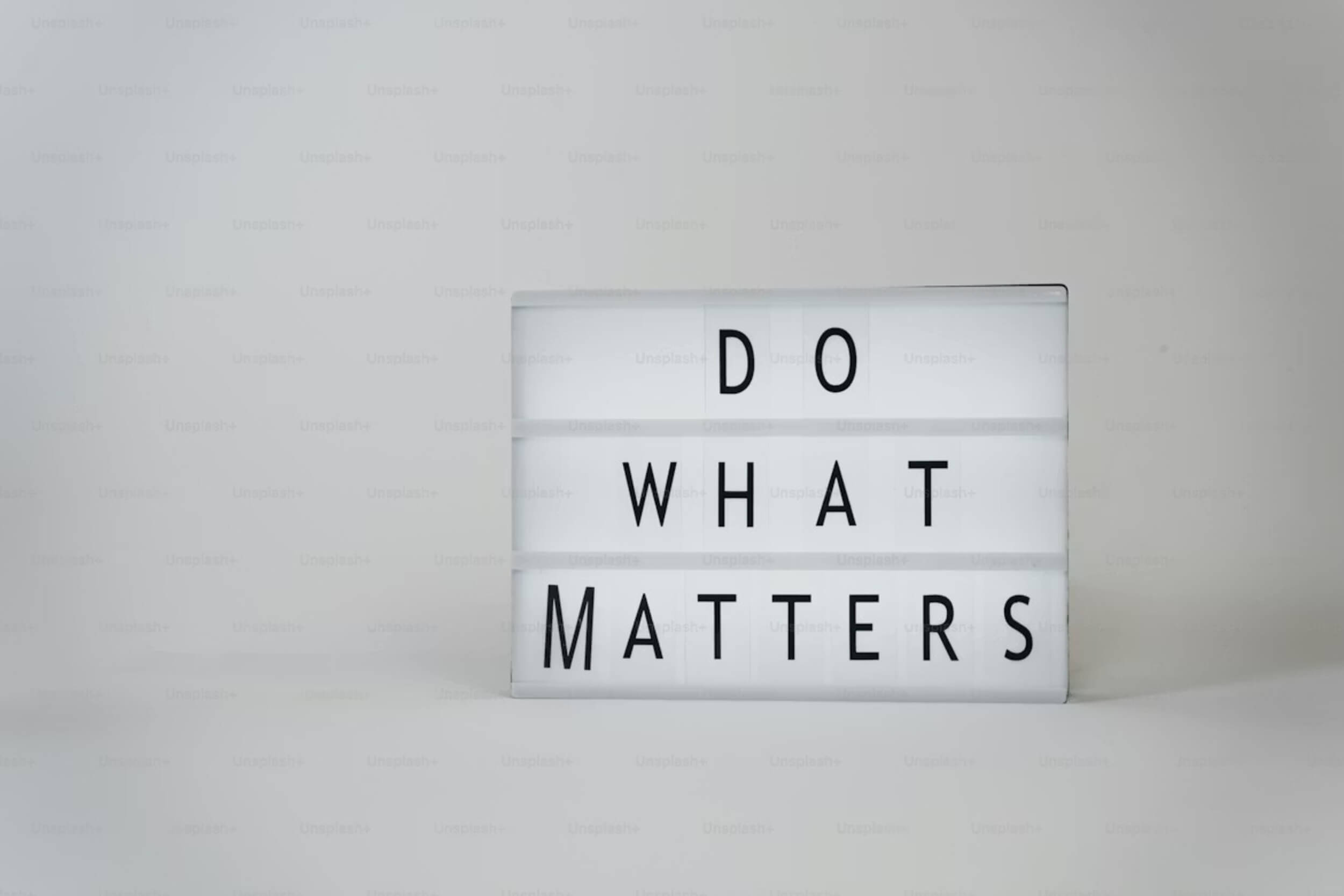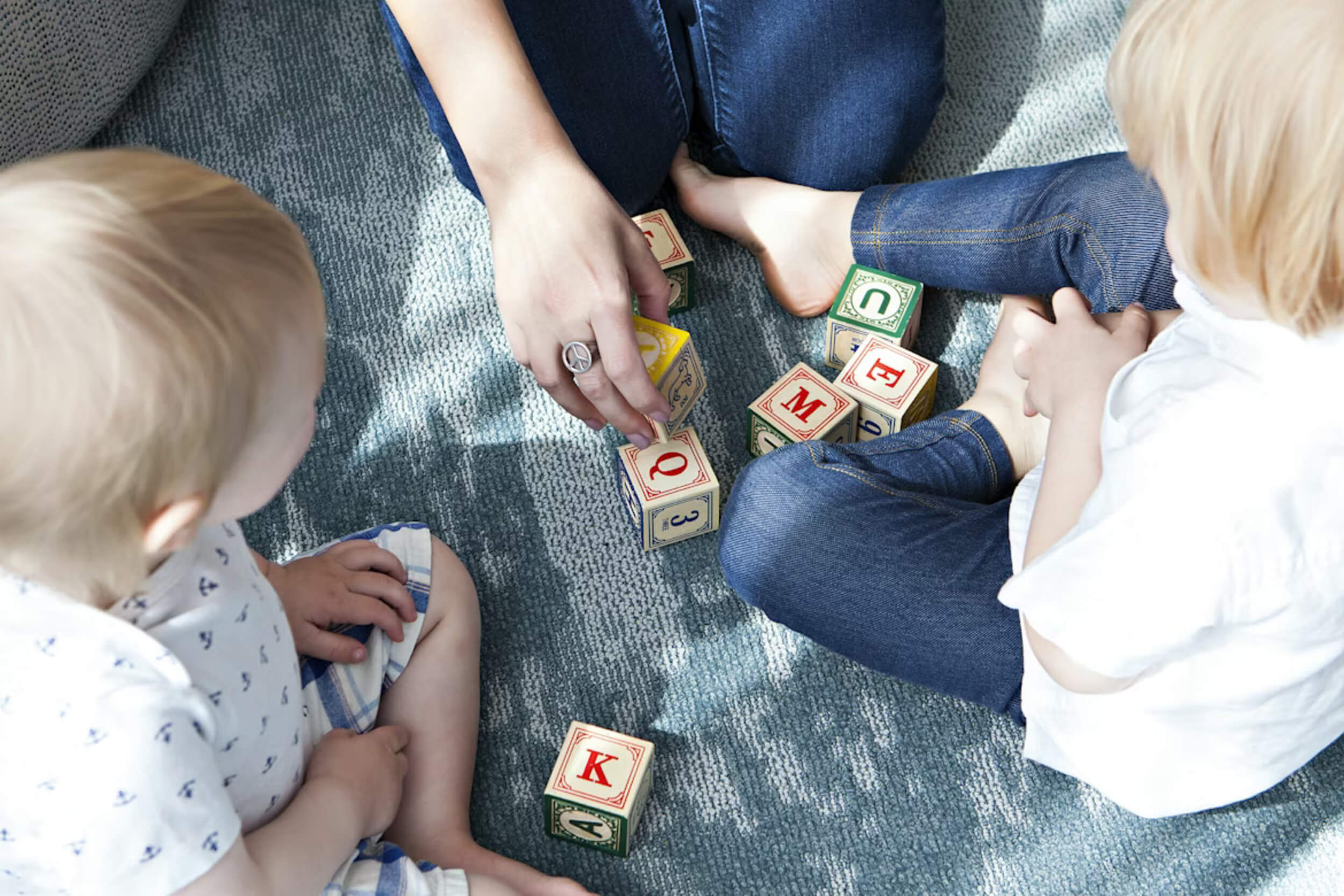Everyone has emotional triggers — moments that set off a reaction before we even realize it’s happening. They can come from a tone of voice, a memory, or a simple misunderstanding. Instead of seeing these moments as proof that something’s wrong with you, what if you looked at them as messages from your mind and body saying, “Hey, something here needs care.”
When you stop blaming yourself and start asking, “What’s this trying to tell me?” everything shifts. Triggers become clues, not curses. They point to old wounds that want healing or needs that haven’t been met yet. There’s no shame in having them — they’re signs that you’re human and still growing.
The goal isn’t to erase emotional triggers but to understand them better. Growth happens when you notice patterns, track progress, and treat each reaction as a guide toward balance and strength.
Swap “Whether” for “How”
Most people judge progress with emotional triggers by asking, “Did I get triggered or not?” But that yes-or-no thinking keeps you stuck. Growth isn’t about never getting upset — it’s about noticing how it happens and how it changes over time.
Instead of beating yourself up for reacting, ask:
- How did it show up this time?
- Was it softer, shorter, or less intense?
- Did I handle it differently?
This simple switch helps you see movement where you once saw failure. You begin to spot small but real improvements that prove your efforts matter.
You’ll soon learn to measure emotional triggers through four clear dimensions:
- Frequency – how often it happens
- Intensity – how strong it feels
- Duration – how long it lasts
- Direction – where you send that energy
Progress shows up in degrees, not absolutes — and every small shift counts.
The Four Dimensions at a Glance
Each dimension gives you a snapshot of how emotional triggers affect you:
- Frequency: How often it shows up.
- Intensity: How strong the reaction feels.
- Duration: How long the feeling sticks around.
- Direction: Where your reaction goes — toward healing or away from it.
Rate each one from 1–10. Even a single point lower means growth. The more you work on one area, the more the others often improve, too.
Frequency
Some emotional triggers seem to pop up daily. Others fade with time. Tracking how often something sets you off helps you see what’s changing and what still needs work.
What to notice:
- People or places that make your chest tighten
- Times of day when patience runs thin
- Repeating patterns that show up in arguments
Try this:
- Use a 1–10 scale (1 = rarely, 10 = daily)
- Mute one stressful chat or take a short break from a draining person
- Write one line each week: “When did it happen and how often?”
Every drop in frequency — from every day to once a week — is a big win worth celebrating.
Intensity
Sometimes emotional triggers hit like a storm; other times, they’re more like a passing drizzle. Tracking intensity helps you notice when reactions feel lighter, even if they still happen.
Watch for body signs:
- Tight shoulders or clenched jaw
- Racing heartbeat
- Shallow breathing or heat in your chest
Try this:
- Rate it 1–10 (1 = mild, 10 = overwhelming)
- Do a slow 90-second exhale, drop your shoulders, and soften your gaze
- If you’re mid-conversation, calmly say, “I need five minutes to steady myself.”
When your average drops from an 8 to a 6, that’s progress — not perfection, but proof of growth.
Duration
The length of time you stay upset often tells the real story. Maybe you used to stay in that tense state all day, but now it passes in half an hour — that’s improvement.
Ask yourself:
- How long did this feeling last before I felt steady again?
- What helped it end sooner?
Quick resets:
- Step outside for a walk
- Drink water
- Name two emotions out loud
- Get sunlight or take a quick shower
Scale it:
- 1 = a few minutes
- 10 = several days or weeks
Even cutting that recovery time in half means your nervous system is learning to reset faster.
Direction
What you do with emotional triggers matters most. Do you send that energy toward solving the problem, or do you spill it somewhere it doesn’t belong?
Healthy direction:
- Talking calmly to the person involved
- Journaling or writing down what you need
- Creating a plan or seeking support
Unhealthy direction:
- Snapping at someone else
- Overworking or zoning out on your phone
- Turning to food or alcohol for relief
Ask yourself:
“Is this helping me fix what’s real, or just giving me a quick release?”
Helpful phrases:
- “I want to solve the original issue — can we slow down?”
- “I’ll write what I need and share one clear request.”
Each time you choose a healthier outlet, you move closer to emotional control and inner peace.
Check In With Yourself
Before reacting, pause and run a quick self-check. This 30-second practice can change everything:
- Name what you feel. Use plain words like “angry,” “hurt,” or “disappointed.”
- Notice your body. Is your jaw tight? Is your chest heavy?
- Identify one need. Maybe it’s space, clarity, or comfort.
- Pick a direction. Do you talk to someone, write it down, or take a short break?
End the moment by telling yourself: “Pause gives me options.”
That one second of awareness is often all it takes to stop emotional triggers from running the show.
One-Page Quarterly Log
If you want to see real growth, put it on paper. A simple chart can show how far you’ve come:
Layout:
Date | Situation | Freq (1–10) | Intensity (1–10) | Duration (1–10) | Direction (O/X) | Next step
How to use it:
- Write 1–2 lines per week
- Review once a month
- Add notes like “new routine,” “conflict resolved,” or “started therapy”
Goal: lower any one number by a single point in three months. That may sound small, but every point represents a calmer mind, steadier emotions, and less stress from emotional triggers.
Closing: Keep It Gradient
Emotional triggers aren’t signs of weakness — they’re reminders that your mind and body are paying attention. Use the four dimensions to notice progress you might’ve missed before.
When you lower one number, practice one new response, or calm down a little faster, that’s success. These small moves add up over time — shaping steadier days, gentler reactions, and a stronger sense of control.
Growth doesn’t need to be dramatic. It just needs to be steady.




